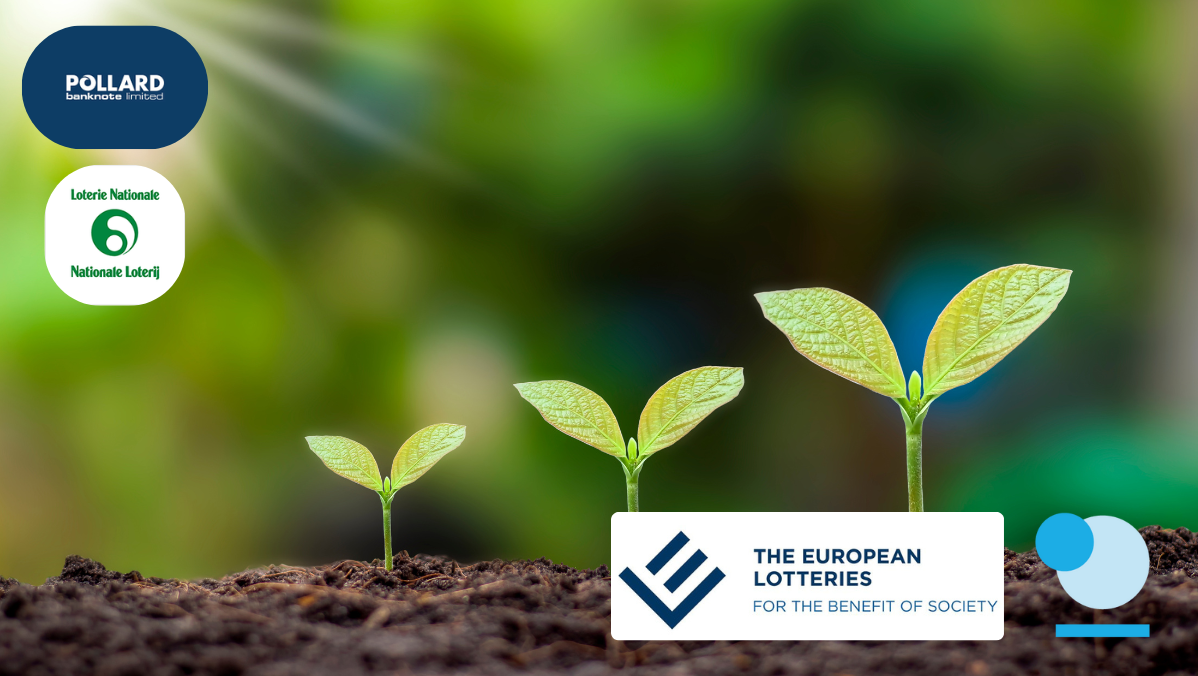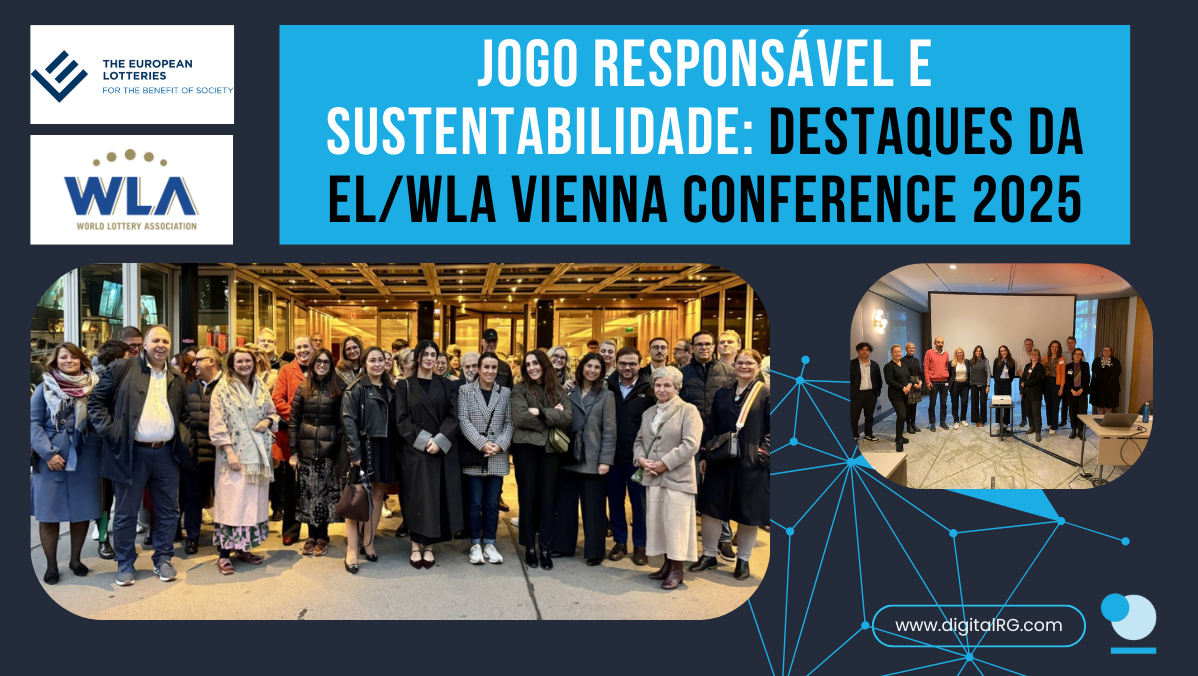Responsible Gaming Tool: "Self-Exclusion"

Responsible Gaming Tool: "Self-Exclusion"
Having a self-exclusion programme, which allows players to block themselves from gaming providers and their products, is no longer optional for many gaming companies. Out of 27 EU Member States, plus the UK, 18 have national self-exclusion registers, and some countries have included the provision of self-exclusion in their regulatory frameworks. In the latter case, every licensed operator has adopted an independent system, a method that comes with its challenges.
Different Models of Self-Exclusion
National self-exclusion models diverge significantly. Whereas some countries have temporary and permanent self-exclusion options in place, like Denmark, others, like France, have national self-exclusion programmes for fixed time periods. Other countries also provide very short and immediate self-exclusion, such as Germany and Portugal. There is also divergence in how the registers are used to verify customers against the self-exclusion list. Some countries, like Belgium and France, check the register upon registration and at each login. Some, like Portugal, check registers daily.
Reporting on this data can also vary greatly. Many regulators reflect the number of self-exclusions in their quarterly and yearly reports. Some operators who have independent self-exclusion programmes also report on this information annually. However, reporting is done in different contexts and uses different Key Performance Indicators (KPIs) to define success. This makes comparability hard. The media, journalists, and other stakeholders have also been known to use these numbers to stress significant problems with the gaming industry and to defend stricter rules.
Context Helps to Complete the Whole Picture
Understanding that the number or percentage of self-exclusions alone does not reflect a complete picture is essential. Numbers need to be set within a broader context, alongside other information. For example: How many people are registered compared to the number of citizens? How many citizens are active players? How many have multiple accounts? Did they self-exclude because they wanted to take a break, did they not find the right button to close the account, or are they experiencing gambling-related harm?
Many answers about the effectiveness of self-exclusion are still unknown. However, setting self-exclusion figures within a broader context can help to reveal some of these. Indeed, some operators have already started to compile their own research, while regulators also understand there is still a lot to do. For instance, making data comparable among different regulatory frameworks could help develop an understanding of which Responsible Gaming tools are the most effective.
More Help is Needed
Though national and individual self-exclusion schemes have been shown to help players, the iGaming world has changed everything. A player experiencing gambling-related harm needs a broader ban in today's mobile world. These players need the right professional help to change their behaviour, and in addition, they need to be entirely blocked from gaming products both online and offline, ideally globally. Gamban, as an example, has developed a tool that helps players block thousands of gaming websites across the world in one go.
Particularly in countries where operators still breach self-exclusion provisions, such apps can create a more effective self-exclusion system. Like advertising, data protection, match-fixing prevention or AML, self-exclusion is a topic that needs to be taken care of at the international level to help protect players.
Category
Other Blogs

April 04, 2022
Minimum Gambling Age and Why Regulators Believe it is Important

March 31, 2022
Loyalty and Rewards Programmes for Players

March 14, 2022
Responsible Gaming Codes of Conduct – Are they worth the paper they are written on?

March 10, 2022
Responsible gaming tool: “Limit Setting” – its chances, challenges and shortfalls

November 21, 2025
Tackling Retail Emissions in the Lottery Value Chain: Insights from the EL Webinar

October 27, 2025
Jogo Responsável e Sustentabilidade: Destaques da EL/WLA Vienna Conference 2025

October 27, 2025
Perspectivas de la EL/WLA Vienna Conference 2025

October 23, 2025
Insights from the EL/WLA Vienna Conference 2025


